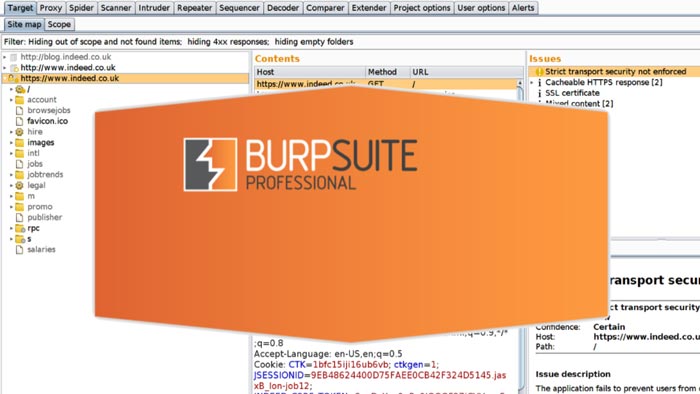
Tip: Using Burp Suite as a proxy is essentially you performing a MitM, or Man in the Middle, attack on yourself. You need to import that certificate to your browser’s trust store so that your browser doesn’t generate certificate errors. To intercept HTTPS traffic, Burp creates its own certificate authority on your device.

The dynamic analysis timer now starts once the page is loaded and the analysis itself starts.Tip Penetration testing is the process of testing the cybersecurity of websites, devices, and infrastructure by attempting to hack it. We have fixed a bug whereby dynamic analysis was frequently timing out due to the system not factoring in the time that the page took to load. We have upgraded Burp’s browser to Chromium 1.114. The original approach was used as a means of tracking requests, but is no longer needed. We have amended Burp’s browser so that it respects the configured User-Agent header when scanning rather than generating a random User-Agent string. For more information on this vulnerability, see the new “Client side prototype pollution” issue definition that has been added to the Target > Issue definitions page. Client-side prototype pollution reporting in Burp Scannerīurp Scanner can now detect client-side prototype pollution. This button is highlighted when a tab has specific settings configured. You can return a tab to global settings by clicking the new Restore global defaults button. If you select specific options for a tab then Repeater ignores the global settings for that tab altogether. To configure tab-specific options, click the new settings icon next to the Send button. You can now set tab-specific Repeater options, giving you finer control over how Repeater behaves when sending requests and receiving responses. It also provides a change to the way Burp’s browser handles the User-Agent header and a minor bug fix. This release introduces tab-specific options in Repeater and client-side prototype pollution reporting in Burp Scanner.


 0 kommentar(er)
0 kommentar(er)
